Introduction: A Dual-Engine Future for Private Equity and Venture Capital
As the global investment landscape continues to evolve in 2025, two powerful engines are propelling innovation and growth: venture capital (VC) and private equity (PE). While both provide funding to private companies, they differ significantly in focus. Private equity typically targets established businesses with proven models in need of capital for scaling or restructuring, while venture capital supports early-stage, high-potential startups.
In this article, we explore the different investment models of private equity and venture capital, key trends shaping the 2025 landscape, the value these investments bring beyond capital, and the strategic reasons investors are turning to them.
Reasons to Invest in Venture Capital and Private Equity
Investing in private markets, whether through PE or VC, can offer powerful advantages that go beyond public equities. Here’s how these two avenues contribute to long-term portfolio growth:
Venture Capital:
- Early access to innovation:
VC funds give investors exposure to cutting-edge technologies and startups in their growth phase, often before public markets catch on. - Exponential growth potential:
Though riskier, successful startups can deliver exponential returns. A single unicorn investment can transform a VC fund’s performance. - Strategic influence and mentorship:
VCs often work closely with founders, providing more than just capital, mentorship, access to networks, and strategic direction are part of the value proposition. - Mission-driven investments:
Many VC firms, like Xeraya Capital, focus on impact-oriented sectors such as healthcare, agri-tech, and life sciences, aligning profit with purpose.
Private Equity:
- Higher return potential:
Top-tier PE funds have historically outperformed public markets. Their ability to add value and restructure businesses helps generate outsized returns over time. - Portfolio diversification:
PE allows access to private companies not correlated with public markets, offering insulation from volatility and economic cycles. - Active value creation:
PE firms often take controlling stakes and improve operational efficiency, implement strategic pivots, or consolidate fragmented industries to boost returns. - Illiquidity premium:
The long holding periods of PE investments come with less liquidity, but investors are compensated through potentially higher returns.
Both VC and PE play vital roles in a modern investment portfolio, each suited to different investor goals, risk appetites, and timelines.

Key Trends Shaping the Investment Landscape in 2025
Whether it’s VC or PE, both markets are undergoing transformation. In 2025, several key trends are shaping how firms source, evaluate, and scale investments:
- Shift toward equity over debt:
In PE, rising interest rates are prompting firms to favor equity-driven deals instead of traditional leveraged buyouts. This creates more flexibility and reduces financial risk. - Technology continues to dominate:
Both PE and VC investors are doubling down on enterprise software, AI, digital health, and biotech sectors with high scalability and long-term relevance. - ESG and impact integration:
Environmental, social, and governance factors are now central to both PE and VC investment theses. Funds are screening for climate resilience, ethical operations, and inclusive innovation. - Strategic consolidation and roll-ups:
In private equity, roll-up strategies remain popular for scaling in fragmented markets. In VC, larger firms are acquiring startups to boost innovation pipelines and IP. - Rise of thematic investing:
Both investor types are aligning capital with megatrends like aging populations, food security, and personalized medicine sectors that combine social impact with financial returns.
These shifts highlight a broader investor mindset focused not just on returns, but also on resilience and relevance.

How Venture Capital and Private Equity Add Value Beyond Capital
While capital remains the foundation, both VC and PE go further by offering strategic value and operational expertise:
Venture Capital’s Value Contribution:
- Startup acceleration:
VCs help young companies navigate product-market fit, go-to-market strategies, and scaling operations. They act as strategic guides. - Talent sourcing and development:
VCs often connect founders with experienced leaders, co-founders, or advisors to strengthen early-stage leadership teams. - Market access and partnerships:
By leveraging their networks, VCs open doors to potential partners, distribution channels, and future investors.
Private Equity’s Value Contribution:
- Operational transformation:
PE firms frequently improve internal systems, supply chains, or profitability through operational restructuring. - Exit planning and execution:
PE investors plan exits strategically, from IPOs to acquisitions, maximizing value creation over time. - Scaling and market entry:
PE firms help mature businesses expand regionally or globally by injecting capital, expertise, and infrastructure support.
Ultimately, whether it’s venture capital nurturing innovation from the ground up or private equity refining mature business models, both add layers of value far beyond the financial injection.
Understanding the Different Investment Models
To make informed decisions, investors must understand the core differences between popular investment structures in the private market:
| Model | Focus |
| Venture Capital (VC) | Funding early-stage startups with high growth potential |
| Growth Equity | Minority investments in fast-growing, revenue-generating companies |
| Buyout (LBO) | Acquiring mature businesses using leverage to improve operations and returns |
| Distressed Investment | Acquiring underperforming assets and turning them around |
| Roll-up Strategy | Consolidating smaller firms in fragmented sectors for scale and efficiency |
Xeraya Capital focuses primarily on VC and growth equity, investing in early to mid-stage startups within high-impact sectors. PE firms, in contrast, often engage in buyouts or restructuring of established businesses. Each model offers distinct risk-return profiles, timelines, and value creation pathways.
Summary: A New Era of Strategic, Purpose-Led Investing
The future of private investment lies in the convergence of vision, value, and velocity. In 2025, both private equity and venture capital are evolving to meet the demands of a dynamic, impact-driven world. Investors are now prioritizing long-term resilience, strategic alignment, and positive societal impact over short-term gains.
Xeraya Capital is a Malaysia-based venture capital firm leading the charge in life sciences, healthcare, agri-tech, and biotechnology. Guided by a mission-driven approach, we combine strategic capital deployment with hands-on operational support to back companies transforming health and sustainability. Our goal is to help startups scale smarter through long-term alignment, close collaboration, and a focus on meaningful innovation. At Xeraya, we don’t just fund businesses, we build futures. If you’re ready to invest in what matters, learn more about us here.




